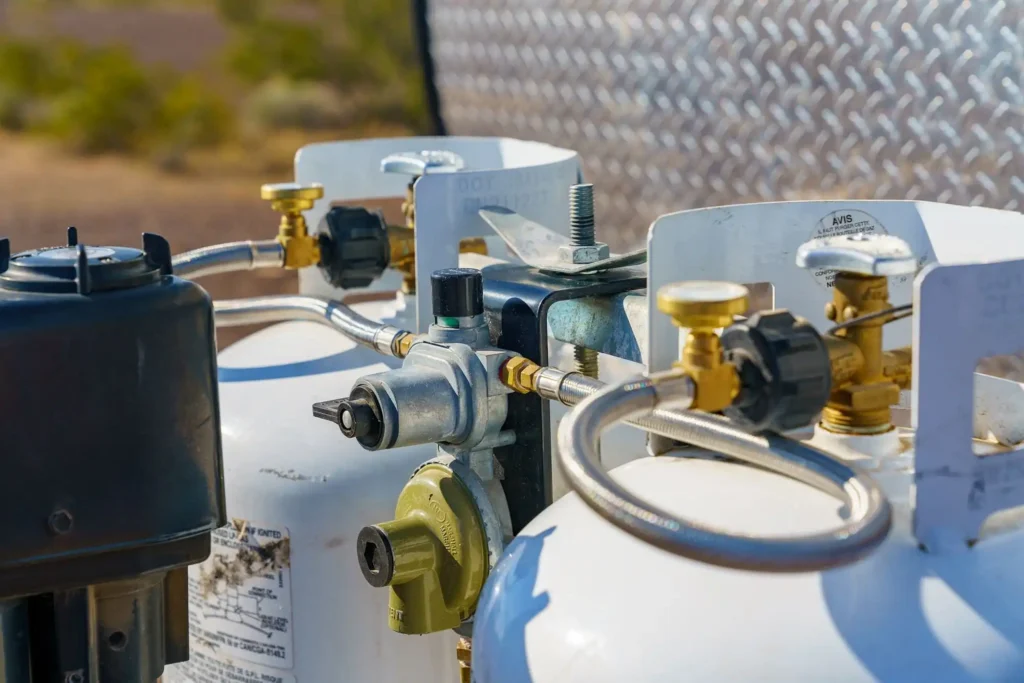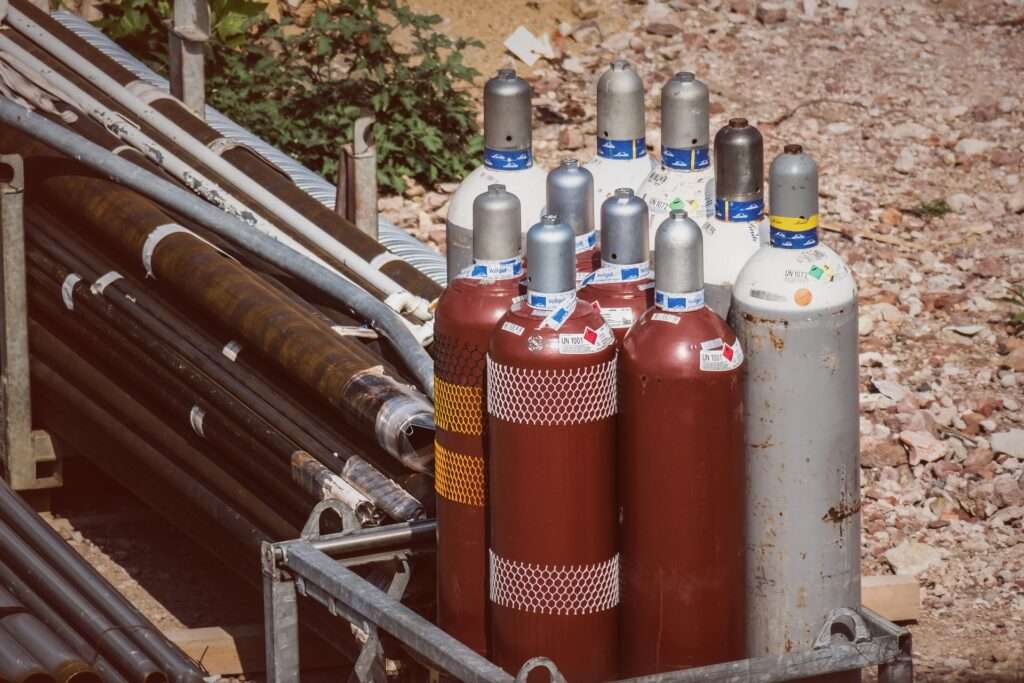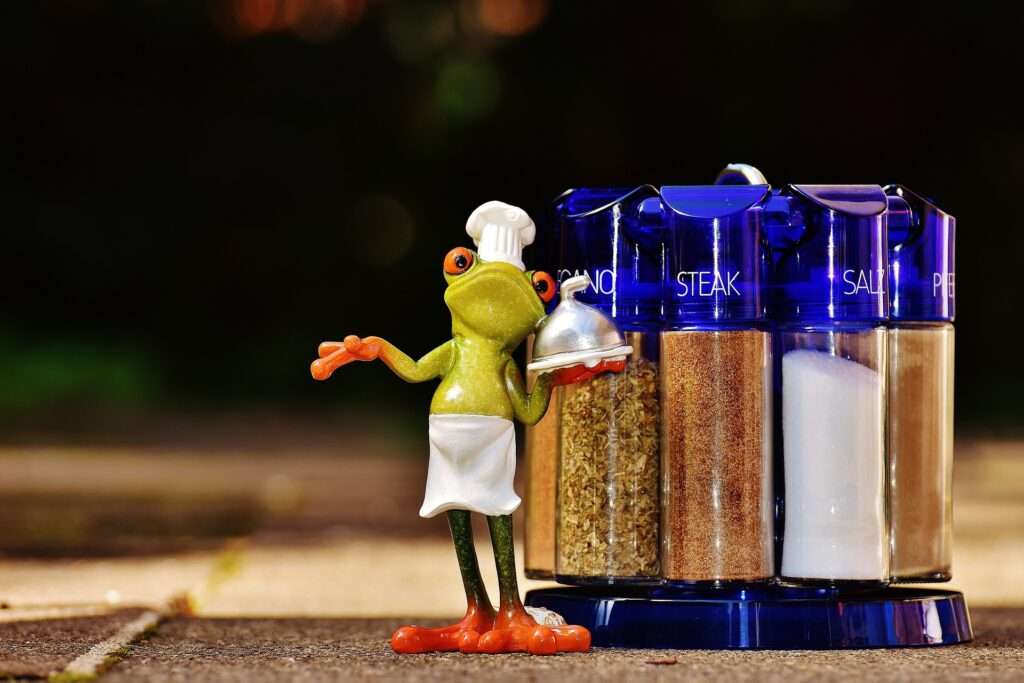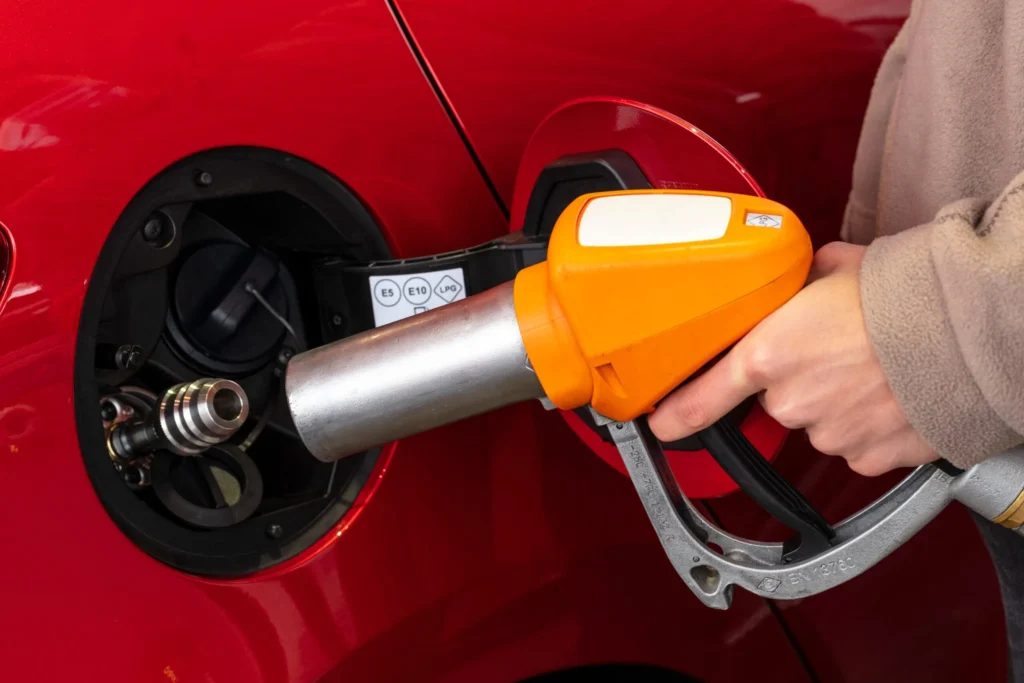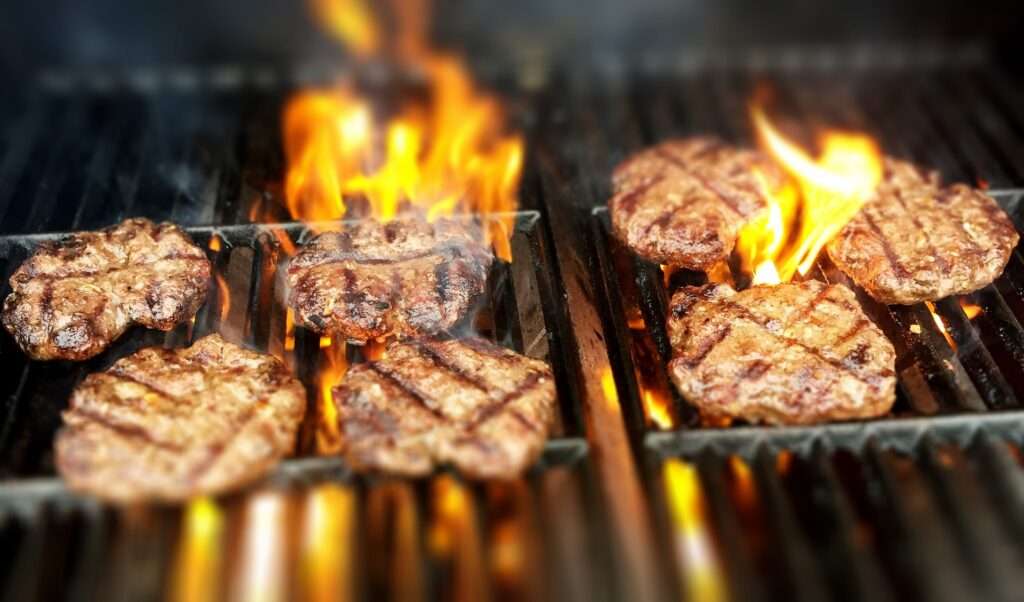What is a regulator?
A regulator is a device that controls the pressure of a fluid or gas in a container(typically a cylindrical container). Regulators are used in many different industries and for various applications, including in the oil and gas industry, manufacturing industry, medical equipment, and automotive industry.
In the context of LPG (liquefied petroleum gas) cylinders, regulators are used to control the flow of gas from the cylinder to the appliance. The regulator reduces the pressure of the gas to a safe and appropriate level for use in the appliance. This is important because LPG is stored in a pressurized state, and if the pressure is not regulated correctly, it can result in a very dangerous situation, such as a gas leak that causes an explosion or a fire.
Furthermore, using a regulator is required by law in many countries, including India. This is because as described above regulators are a crucial safety feature that helps prevent accidents and ensure that the gas is used safely and in a controlled manner to prevent any fatalities or injuries.
Origins
The early 1900s saw the development of the first gas regulators, designed to regulate gas flow from the cylinder to the various appliances they were using at the time like gas stoves or ovens. These early regulators were simple devices that relied on a spring-loaded diaphragm to control gas flow. Unfortunately, they were not very accurate and prone to temperature and pressure fluctuations, which affected their performance.
By the 1920s, gas regulators had improved with the development of built-in pressure gauges. These new regulators were more accurate and reliable than earlier models and were widely adopted in the gas industry. However, they were still relatively large, bulky, and unsuitable for portable gas cylinders.
Advances in materials technology and manufacturing techniques in the 1950s and 1960s paved the way for smaller, more compact regulators. Lightweight metals and plastics were now available, enabling the development of smaller regulators suitable for use with portable LPG cylinders. These smaller and lighter regulators were a game-changer for camping and outdoor enthusiasts, who could now enjoy the convenience of LPG cooking and heating on the go.
Today, LPG regulators come in various sizes and designs, catering to various applications. From small regulators designed for camping stoves to large regulators used in industrial settings, they all serve the same purpose of providing precise control over the flow of gas from the cylinder to the appliance. LPG regulators incorporate various safety features that prevent accidents and ensure reliable operation, making them a vital component of any LPG system.
How to use regulators:
It is important to use a regulator that is appropriate for the specific LPG appliance and tank or cylinder being used and to follow the manufacturer’s instructions for installation and operation carefully. If you are looking for information on LPG regulators in India, you can check out the following online resources available:
1) The Petroleum and Explosives Safety Organization (PESO) website: PESO stands for Petroleum and Explosives Safety Organization, It is the regulatory body under the Indian government’s Ministry of Commerce and Industry that is responsible for ensuring that safety standards are practiced correctly in petroleum and explosives-related industries. You can also find information on PESO-approved LPG regulators and their manufacturers and distributors through their website.
2) The websites of LPG regulator manufacturers: Many companies manufacture LPG regulators in India, and their websites provide detailed information on the types of regulators they offer, their features, and their specifications. Some popular manufacturers include MEC, Emerson, and Kosan. When choosing an LPG regulator, ensuring it is compatible with your LPG cylinder and stove is crucial. You should also look for regulators approved by IOCL or PESO and purchase them from authorized dealers to ensure their safety and reliability.
Conclusion:
In conclusion, Regulators are an essential invention that drastically reduced accidents caused by gas leaks from cylinders, such as explosions and/or fires. Most countries also legally require you to install them in all the cylinders that you would use, so you don’t really have much of a choice when it comes to whether you need to install them or not. Always research the best regulator for the cylinder type you are using and contact your manufacturer for more detail as well.

